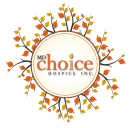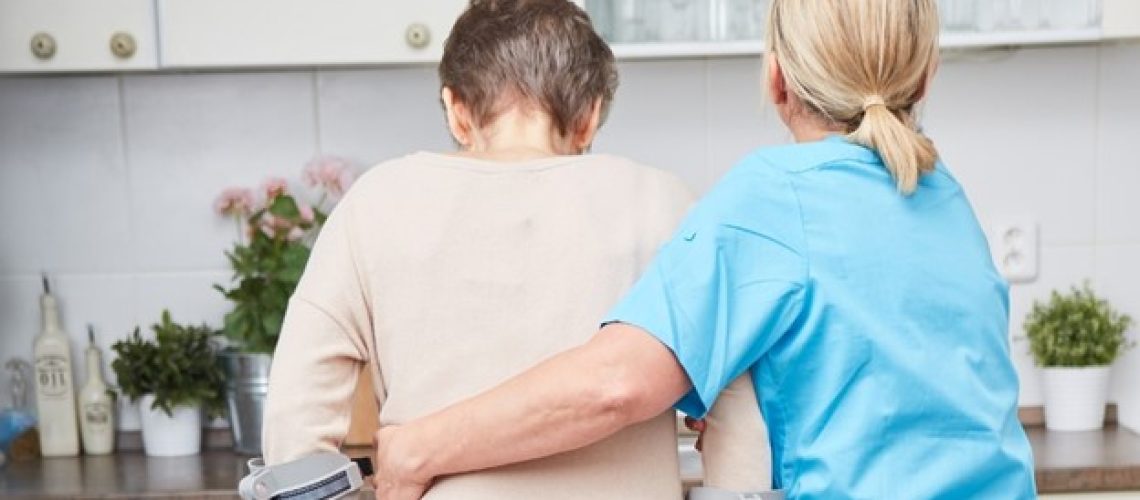In today’s modern world, stroke is a major health concern. However, many families would rather have their loved ones get care in their own homes rather than at a hospital during the rehabilitation process. Everyone knows how challenging it is to care for someone who has recently experienced a stroke. It’s pretty difficult and time-consuming. Consequently, not everyone can handle it, and many would rather have an in-house care professional handle things.
But there are certain little tricks you need to learn to assist your loved ones through the rehabilitation process.
Factors To Consider In Treating Stroke Survivors
The patient’s inability to move about is a major factor in how challenging rehabilitation might be. The constant prone posture is linked to an increased risk of health issues, including dectibus, pneumonia, back pain, and more. That’s why doctors advise changing a patient’s posture at least once every two hours. A conscious patient has to undergo breathing therapy, as recommended by the specialists. Inflating rubber balls or a lifebuoy is an effective way to practice breathing exercises. A patient’s room should always have enough ventilation. Use caution when donning the patient’s warm clothing if you don’t want them to get a cold.
In-Home Medical Attention
Treatment that is successful and involves the patient actively participating in rehabilitation operations can restore most bodily functions, even if the stroke was severe.
The patient needs access to various rehabilitation strategies, such as therapeutic gymnastics and massage.
Beneficial Effect on Treatment
Patients recovering from a stroke often need help with basic activities like eating, dressing, and personal hygiene. For this reason, it’s important for loved ones to maintain calm and composure. Reminding the patient of his or her improvement during rehabilitation is essential for boosting his or her confidence and encouraging him to try again.
Symptoms of post-stroke depression include patient irritability and refusal to take prescribed medications. These episodes should be discussed with the treating physician and psychologist.
It’s important to create environments that promote rehabilitation, such as eating well.
- Going for a walk in the open air with the patient (daily if weather permits).
- Gymnastics and physiotherapy are also included.
- Lessening the effect of noise.
- Discuss the options of doing rehabilitation exercises at home or in the medical facility with a neuropsychologist and an aphasiology-trained speech therapist.
- Use simple, straightforward language; repeat what has been stated if necessary; keep his voice down.
- Don’t interrupt the patient if he wants to talk again; give him time to recover his speech.
- Shielding a person from the effects of stress.
Conclusion
Overcoming the rehabilitation phase after a stroke is crucial for the patient and calls for a great deal of work and understanding. Full recovery is often achievable with the right patient.
Taking care of another person all the time is exhausting and taxing, so it’s important for family members, caregivers, and anybody else connected to the person being cared for to get some rest as well.
Stroke patients need individualized care, including nutritional support and other patient forms.

